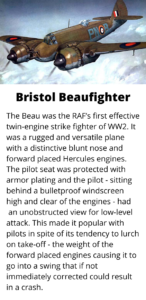 My uncle Lawrence Holford was killed by a Bristol Beaufighter. Maybe two.
My uncle Lawrence Holford was killed by a Bristol Beaufighter. Maybe two.
My father worshipped his older brother Laurie, and growing up my brother and I heard the story that he was killed in the Brighton Blitz while serving as a special reserve constable with the Brighton police.
I imagined a lone policeman on dark streets, German bombers overhead, searchlights probing the sky, ack-ack guns, the whine of bombs, thundering explosions of falling masonry and the shattered plate glass of shop windows.
The truth is something quite different.
Every family had such stories and as is the way of children hearing about ye olden days we didn’t pay a lot of attention or show much interest. That was just the way it was.
And then – years later – you find yourself asking questions and wondering why and what and who and how and what must it have been like.
In 1939 Lawrence Holford was a general laborer listed as doing heavy work. For years he had worked his father’s tenant farm at Black Rock right on the coast at Roedean, just east of Brighton.
This was my grandfather’s business card.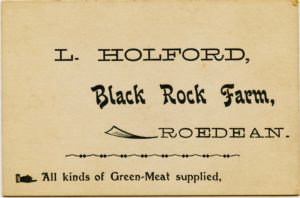
Green meat, by the way, means animal fodder – hay, clover, alfalfa.
Black Rock Farm was perched right on the edge of the cliffs. My father would have grown up to the permanent roar of the waves.
Sometime after WW1, coastal erosion ate into the cliffs and the farm and part of the coast road slid into the sea.
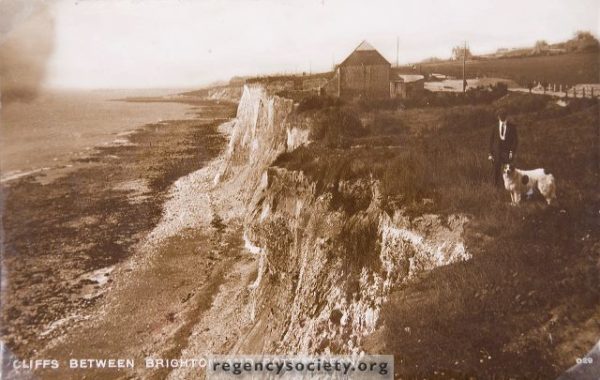
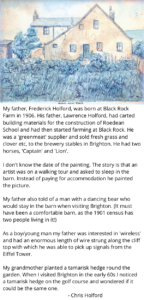 I have a lovely little painting of the farm that my father treasured. See sidebar for what my brother Chris had to say by way of explanation.
I have a lovely little painting of the farm that my father treasured. See sidebar for what my brother Chris had to say by way of explanation.
How did PC Holford die?
This is an extract from David Rowland’s book The Brighton Blitz:
Wednesday April 30 1941. Lawrence Holford, a forty eight year old war reserve police constable, was on patrol in the Lewes Road area. His route covered Dewe Road, where the Allen West factory was engaged in war work. At about 3pm PC Holford called in on the gatekeeper, Stephen Dyer; both were in the gatekeeper’s hut when disaster struck. There had been a number of allied aircraft in the sky above Brighton. Suddenly two Beaufighters collided; there was a deafening crash and the planes disintegrated over the factory. The engine of one smashed down through the hut, killing PC Holford and Mr.Dyer instantly. The other engine fell on allotments in Roedale Road. The Beaufighter, then, was still on the secret list, and local reports of the tragedy referred to the downed planes as Spitfires. Such was the impact that pieces of the doomed aircraft were scattered over a large area of the town. One pilot managed to parachute to safety but the other three aircrew of the two planes were killed – one crashing through the roof of a house in Roedale Road.
In Folly and Misfortune
The Beaufighters were part of 219 Squadron based at RAF Tangmere and were engaged in daylight training prior to becoming operational at night. They were practicing Ground Control Interception techniques although why they were doing this over a populated area who knows. Sussex History Forum has more details.
Beaufighter R2127 was crewed by Sergeants Harry Twidale andThomas Forster and R2083 by Pilot Officers Richard Holman and Alexander Black. At least two of the four were able to bale out. Only one – Sergeant Harry Twidale (the National Archive lists him as Twindale and killed) – survived. One crashed through the roof of a house in Roedale Road.
The American poet Howard Nemerov was a Beaufighter pilot first with the Royal Canadian Airforce and then the US Army. Long after the war he published War Stories: Poems about Long Ago and Now, a collection that included poems about his experience as a pilot. This one tells how folly and misfortune took the lives of so many.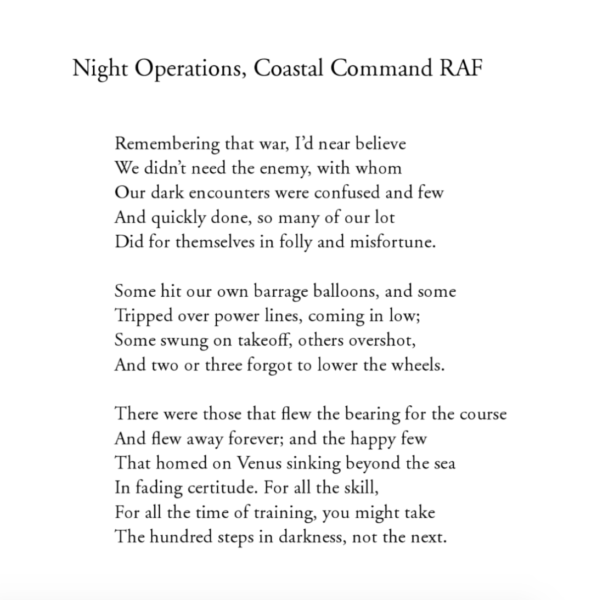
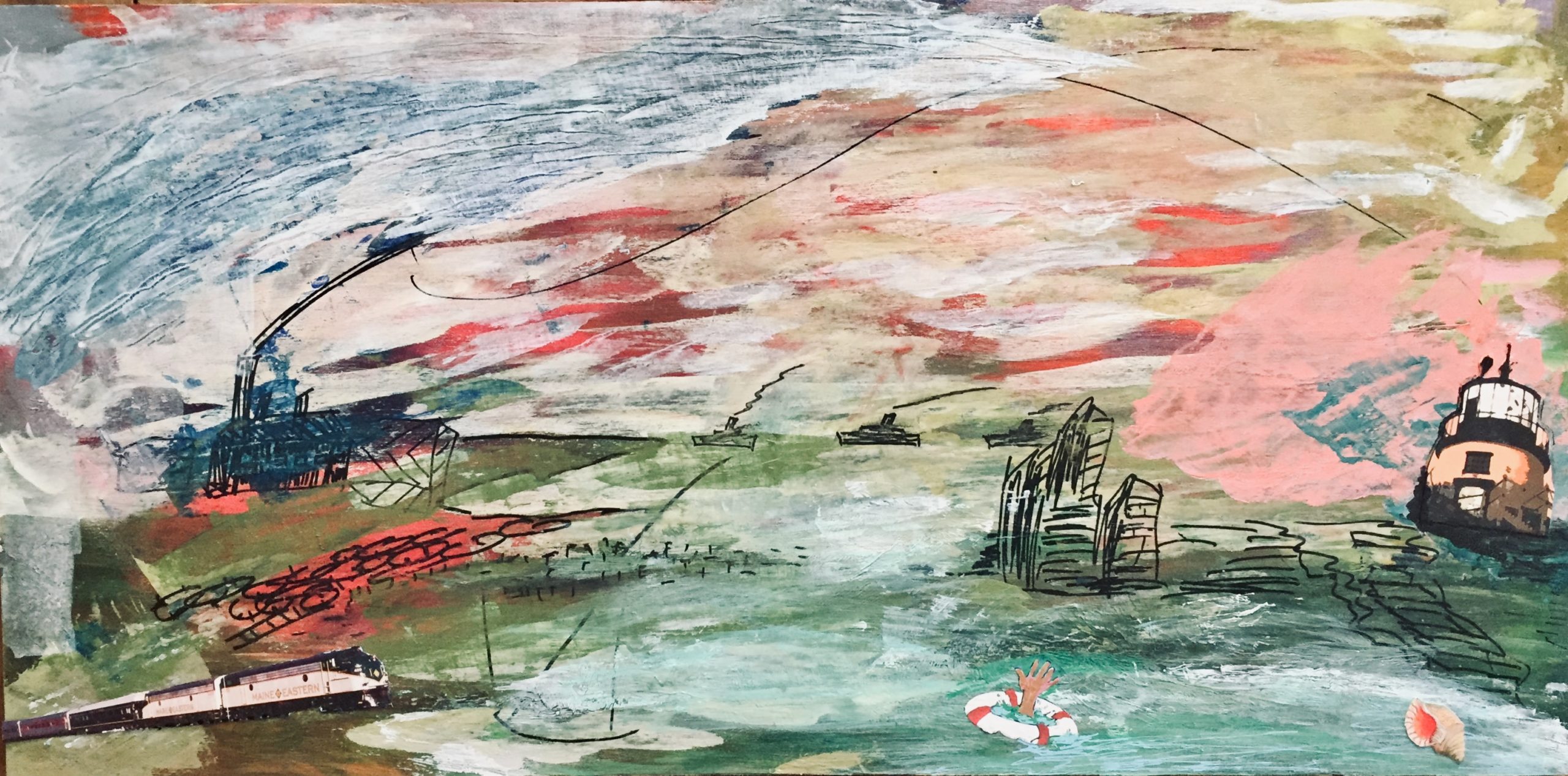
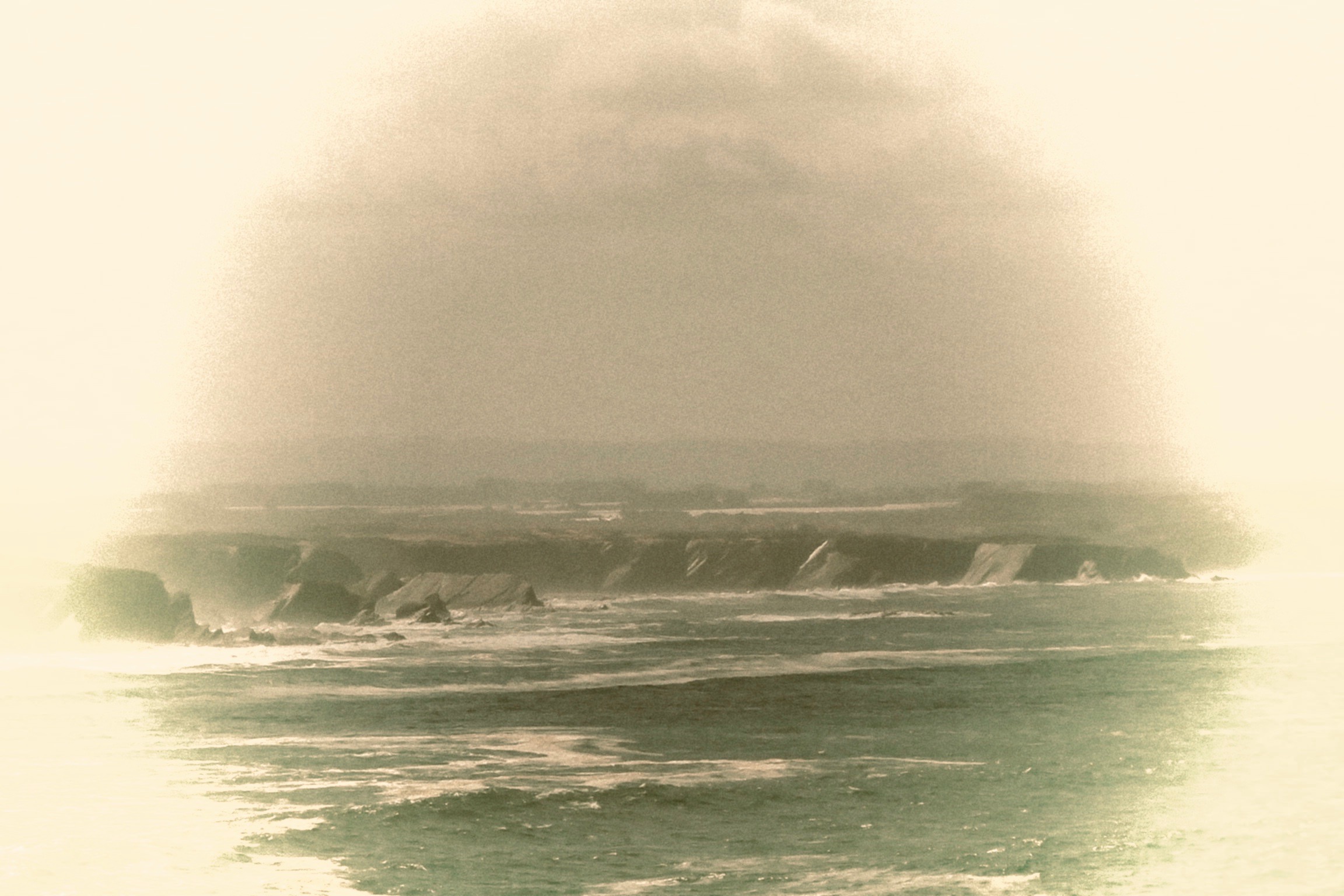
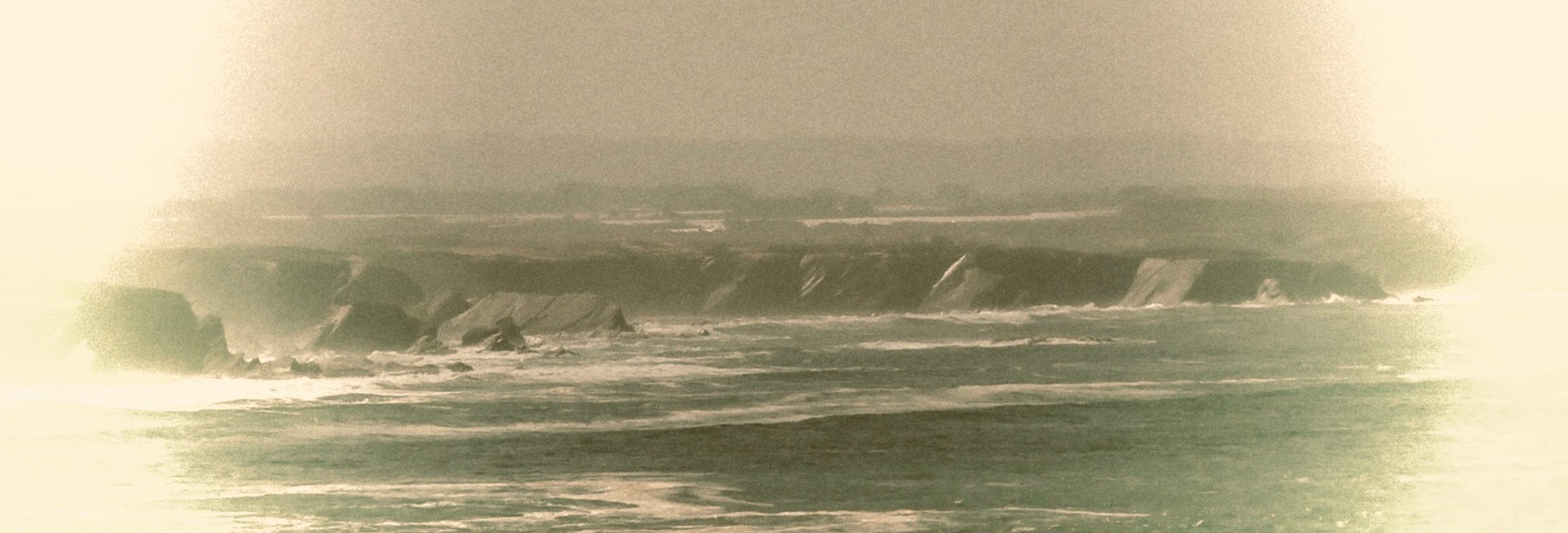


Hello Josie
i found your blog whilst trying to find out more about the Beaufighter crash.
I purchased a mangled piece of a Beaufighter marked as having crashed on Allen Wests factory,im a collector of militaria and i used to live round the corner from the factory so although a very tragic story the memories of the brave aircrew/Policeman and nightwatchman live on with us all talking about and respecting the brave people that fought for us.
Great to hear from you Colin.
And of course – it was all an accident. No actual fighting was involved. I imagine my uncle the special policeman on his rounds dropping by his friend the gatekeeper at the factory. Maybe having a cuppa and a smoke and then – out of the blue – they are gone. As Nemerov says, “We didn’t need the enemy.” And yet my father mourned his brother for the rest of his life.
Thanks for writing.
That was a very moving account of a hard working man dying in such a tragic way. Thank you.
Elizabeth´s last blog post ..“Sustaining Family Stories”
Thanks Elizabeth. And I loved your latest post. https://elizabethslaughter.com/2020/03/18/sustaining-family-stories/ There certainly are advantages to having family memories and stories that dip deep into the well of the C20th.
The Beaufighter was a development of the Bristol Beaufort bomber.
Beaufort + fighter = Beaufighter. English built Beaufighters were delivered to the RAAF for service in the Pacific and by the end of the war Australia was building its own Beaus.
War produces so many sad stories and most families have a story to tell of someone lost and often more than one. And each leaves a hole in a family that seems be forever. Thanks Gretchen.
An emotionally stirring post, such a tragedy for your family. My father used to talk of the Bristol Beaufort Bombers over Darwin in Northern Territory.